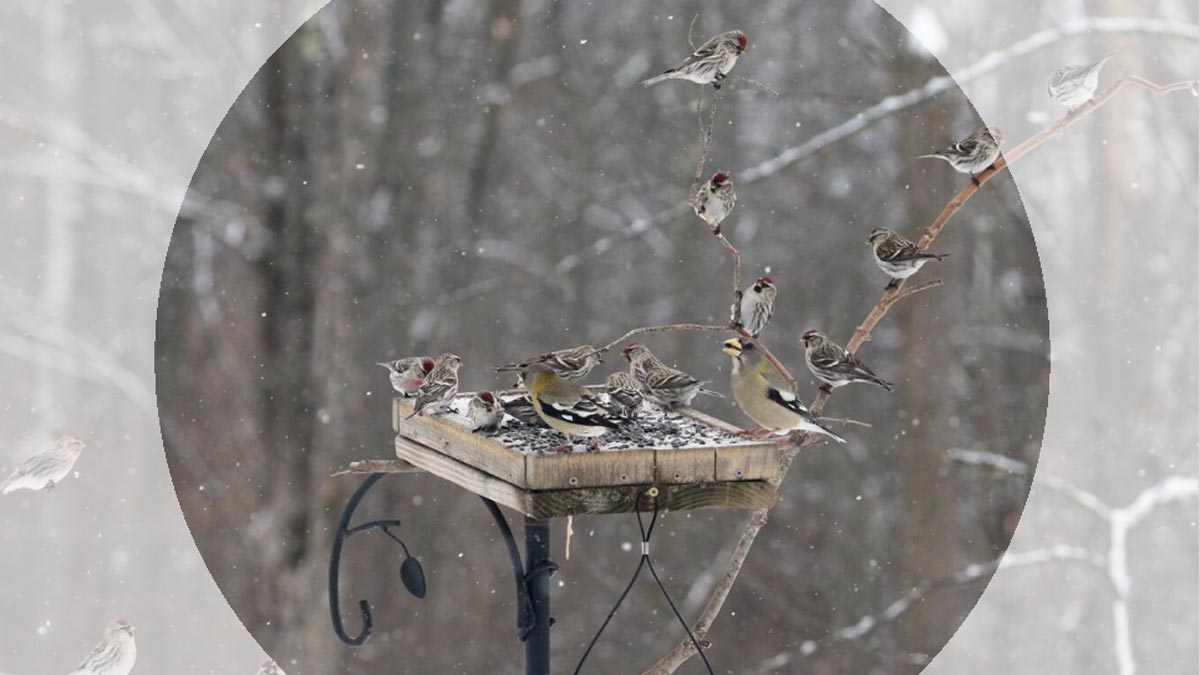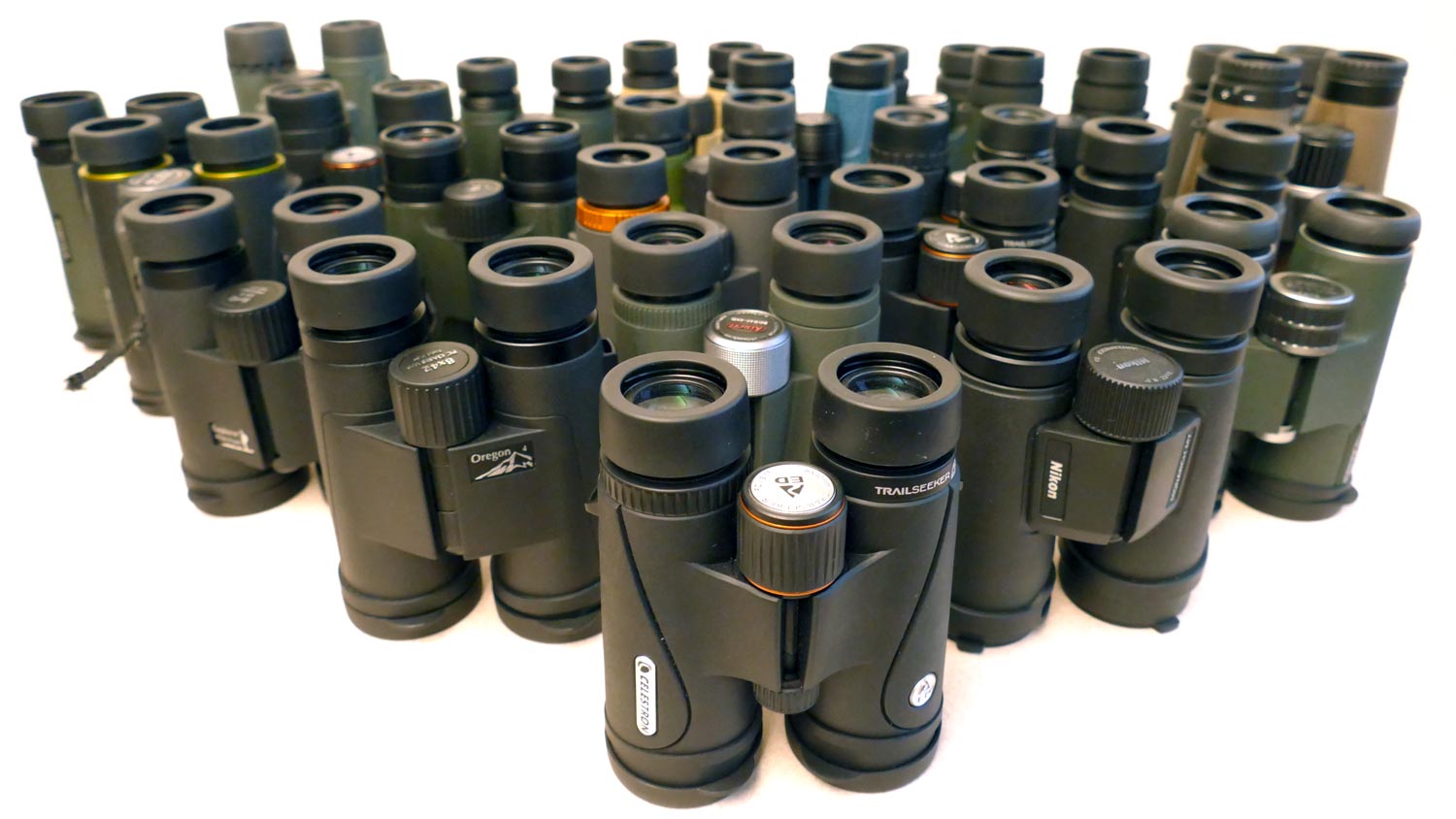You also need to consider conditions under which you will be using them, e.g., low light, damp conditions, heavy-duty trekking, etc.
Nikon Monarch are great for the price. Also check out astronomical binos, from places like Celestron, Oberwerk and Orion. They are often best bang for buck, and provide mostly coma free views to edge of FoV. They do tend to be heavier though. as most are prism based.
If you are viewing in low light (woods, dusk/dawn) consider those with higher pupil exit size of 5-7. This is calculated by dividing the objective diameter by the power. So, 8x42 is 5.25 vs 10x42 at 4.2. The 8x42 are better for lower light. Consider age though. The maximum pupil is generally considered as 7mm. However, as we age, our pupils can't dilate that much, so after 40-50 years, 5mm may be your maximum. So you really are "wasting" the extra light gathered since your eyes aren't as "flexible" as they used to be and can't take in the extra light. So in that case, you may want, say, the 10x magnification vs. 7x (as in 7x50's).



